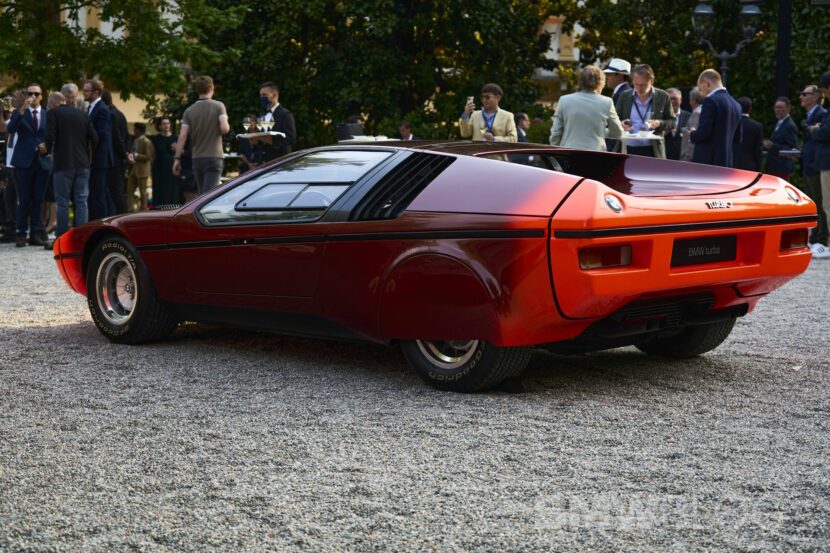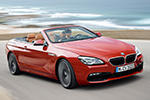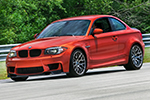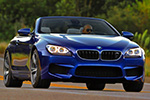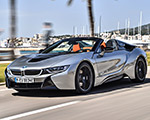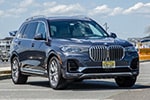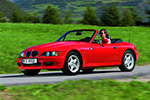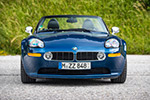BMW aficionados know the story of the Turbo and how it shaped the M1. Diehard fans even remember its internal codename, E25, despite it being just a concept car. Yet even after all these years, we’re still uncovering fascinating details about the mid-engine sports car. In a new video shot at the Petersen Automotive Museum, some quirks you might have missed come to light.
Tom Plucinsky, Head of BMW Group Classic USA, takes us on a tour of the striking 1972 concept. The company’s first car with ABS also had many other safety features we take for granted today. The Turbo featured foam-filled front and rear sections to absorb impact, and it wouldn’t start unless the seatbelt was fastened. Engineers even implemented a rudimentary radar distance alert system with a collision warning gauge. The latter’s role was to inform the driver whether they’d be able to stop in time to avoid a crash.
While the gullwing doors and removable wheel spats are eye-catching, the hidden fuel filler cap is another clever feature. It’s neatly tucked under a flap on the front hood, on the passenger side. You have to know it’s there to access it. This only underscores Paul Bracq’s brilliance in keeping the styling as smooth and sleek as possible.
For safety reasons, the wedge-shaped supercar with its shark-nose front also had the dashboard angled toward the driver. The idea was for a belted driver to reach all controls on the center console without having to lean forward. Three years after the Turbo concept, the 1975 3 Series (E21) adopted this setup, which later became a BMW interior hallmark.
Plucinsky also props open the rear latch to reveal the turbocharged 2.0-liter gasoline engine. This four-cylinder unit produced 280 horsepower, which was more than the 170 hp of the 2002 Turbo launched just a year later. BMW notes that output actually varied between 200 and 280 hp, depending on the turbo’s boost pressure.
A four-speed manual gearbox sent power to the rear axle, allowing the Turbo to sprint to 62 mph (100 km/h) in an impressive 6.6 seconds. Flat out, it reached a respectable 155 mph (250 km/h). It weighed a mere 1,272 kilograms (2,804 pounds) and was slightly shorter than a first-generation 1 Series, at 4,155 millimeters (163.5 inches).
Though the Turbo was originally conceived to make a splash at the 1972 Summer Olympics in Munich, it evolved into something more sophisticated by highlighting safety features. BMW aimed to demonstrate that crash structures could be integrated into the body without compromising the design. That’s why the coupe had hydraulic shock absorbers at both ends, along with a collapsible safety steering column featuring three cardan joints.
The M1 didn’t arrive until 1978, and BMW hasn’t had a true flagship supercar since. Marketing may say the XM is an indirect successor, but we know better. The brand came close several times to launching a dedicated performance range topper, but all those projects were ultimately shelved. The most recent to be scrapped was the Vision M Next, which was scheduled to reach the market in the early 2020s, but was killed due to the coronavirus pandemic and high development costs.
Video: Petersen Automotive Museum / YouTube



